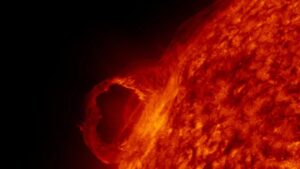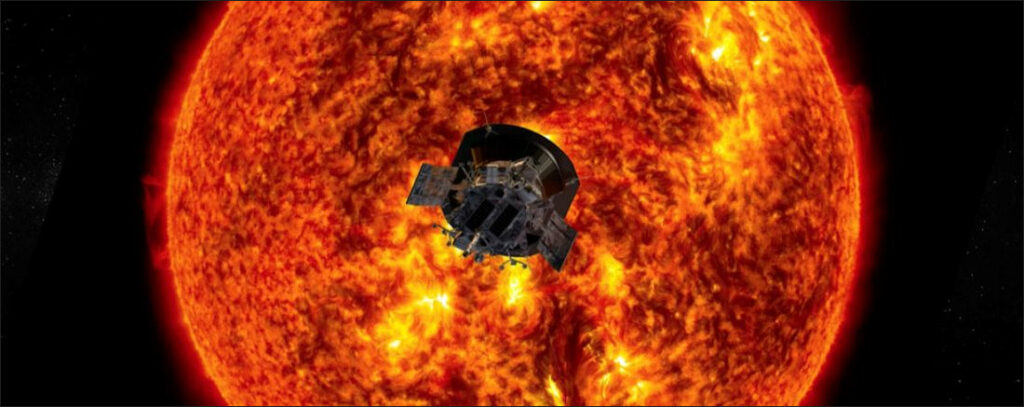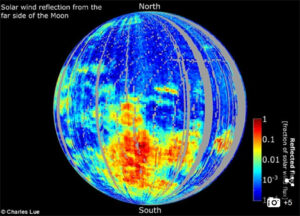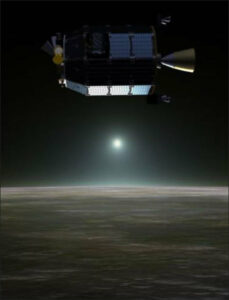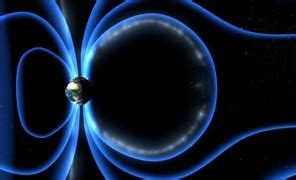
The Earth and Moon shared the same magnetic field some 3.5 billion to 4.1 billion years ago, and the Moon’s field helped shield the Earth from solar radiation that might have stripped away its atmosphere, concludes a NASA-led study published in the journal Science Advances.
“The Moon seems to have presented a substantial protective barrier against the solar wind for the Earth, which was critical to Earth’s ability to maintain its atmosphere during this time,” said Jim Green, NASA’s chief scientist and lead author of the study, as reported by Business Insider India.
The scientists created a computer model to simulate the behavior of the magnetic fields of the two orbs. The magnetospheres of the Moon and Earth would have been magnetically connected in the polar regions of each body. At certain times, the Moon’s magnetosphere would have served as a barrier to harsh solar radiation bombarding the Earth-Moon system.
The model also suggests that there was some atmospheric exchange as well. The Sun’s radiation would have charged neutral particles in the Earth’s upper atmosphere, enabling them to travel to the Moon along the lunar magnetic lines. The process might have contributed to the Moon maintaining a thin atmosphere, including nitrogen.
As the Moon cooled and lost its magnetosphere, solar wind stripped the atmosphere away.

